Northern California Refineries May Cover Supply Following El Segundo Fire
With a fire outbreak at Chevron’s 290,500 b/d El Segundo refinery near Los Angeles now extinguished, traders and analysts speculate refineries in Northern California will bear the short-term brunt of supplying Southern California with distillates and gasoline products.
“With the fire completely extinguished, we will be making operational adjustments to support the continued safe and reliable operation of our facility to help meet Southern California’s fuel demands,” Chevron Spokesperson Ross Allen told OPIS in an email Monday.
In a Friday filing with the California Governor’s Office of Emergency Services, Chevron said the Thursday night blaze broke out at the facility’s Isomax unit, which is a type of hydrocracking unit that produces jet fuel.
The company expects possible intermittent flaring during the operational adjustments to keep the refinery running safely, the email statement added.
A market source told OPIS that firmer trading activity in San Francisco was unexpected in Friday’s session, since the El Segundo refinery fire was expected to primarily impact Southern California.
The trading source added Chevron was a buyer of North/South CARBOB in the spot market on Friday.
The extent of the market’s reaction to the fire will “depend on what the damage is,” the source added.
The El Segundo refinery produces about 20% of Southern California’s gasoline supply and about 40% of its jet fuel supply, according to Chevron’s website.
A second trading source said there are “lots and lots of boats” bringing gasoline to the West Coast, highlighting nearly one dozen clean cargo vessels scheduled to hit the region between Saturday through midmonth.
Vortexa data shows that a shipment of gasoline heading for Los Angeles from the United Kingdom was diverted to Los Angeles from Colombia around Sept. 22. It is expected to arrive around Oct. 13.
Friday spot market action ushered in sharp price gains in Los Angeles and San Francisco as traders exchanged gasoline and distillate materials.
Prior to the weekend, Los Angeles CARBOB traded from 55cts up to 61cts over the November RBOB NYMEX Friday, good for a price of $2.4405/gal.
LA CARBOB differentials hiked as high as 60cts in March, with prices around $2.8435/gal, according to OPIS pricing data.
On Friday, Bay Area CARBOB traded 60cts over the NYMEX on the higher end and 6cts under Los Angeles CARBOB in a North/South trade when LA CARBOB was plus 56cts, good for a full-day price of $2.4355/gal.
San Francisco CARBOB 2025 highs have reached up to 110.5cts above futures in May, with prices at $3.1904/gal.
During Friday’s session, Los Angeles jet fuel traded on the low end at plus 10cts and on the high end at plus 30cts against NYMEX November ULSD, for a price of $2.34263/gal, a gain of almost 28cts on the day.
Jet fuel prices were last seen at these highs in early April, when futures premiums stood at 30cts and prices were assessed as high as $2.472/gal, according to OPIS data.
Friday also saw trades for LA CARB diesel and ULSD up to 19cts over the NYMEX, assessed at a price of $2.4263/gal and $2.3983/gal, respectively.
This year, LA ULSD premiums reached as high as 19cts in July with prices assessed at $2.611/gal and LA CDSL trade levels were seen as high as 26cts over futures in September, with prices at $2.5937/gal, OPIS data show.
The West Coast fuel market will be under pressure, at least for the short term, said Stillwater Associates President Megan Boutwell. For the long term, she reiterated that it will depend on the actual amount of damage and length of repairs.
A market trader on the West Coast reiterated Chevron’s activity in Friday’s spot market and speculated one or two more imported jet fuel barrels coming to the West Coast.
“The unit that exploded makes (around) 40% of jet fuel per day, so it’s a lot,” the trader said. “If they have to send a lot of their jet from Richmond down to LA then San Francisco gets tight. It’ll balance out within the state, I think,
because of that.”
With the Phillips 66 Rodeo facility and Marathon’s Martinez plant converted into renewable fuel operations in Northern California, Boutwell said the impact to supply has much greater potential as the Phillips 66 156,000 b/d refinery in Los Angeles aims to have final crude processing on Oct. 16, the company said last week.
“The West Coast is always adjusting to fluctuating supply as refinery maintenance and outages (including this one) occur,” Boutwell said. “In the case of sudden outages, the impacts are more severe.”
–Reporting by Shaheer Naveed, snaveed@opisnet.com; Editing by Michael Kelly, mkelly@opisnet.com
